Citroën Xm celebrates its 35th anniversary
- Jérémy

- Aug 18, 2024
- 3 min read

The Citroën XM, a true masterpiece of innovation, celebrates its 35th anniversary, marking a decisive milestone in the history of the French automobile. Designed as the successor to the legendary CX, the XM not only continued Citroën's tradition of comfort and style, but also integrated technological advances and improved perceived quality to compete with foreign vehicles, especially German ones. The history of the XM is a testament to Citroën's commitment to innovation and bold design.
Birth of an ambitious project
In 1984, Citroën launched the V8 programme to create a new prestige saloon. Initially named V80 for the saloon, V81 for the four-wheel drive version and V82 for the estate, this ambitious project aimed to revolutionise the market with technical innovations and unparalleled comfort. The aim was to maintain the legendary comfort of the hydraulic suspension while eliminating the previous shortcomings, such as the nausea often associated with this type of suspension. The list of innovations also included controlled suspension, ABS and various comfort features such as automatic air conditioning and a radio with steering wheel controls.
In 1986, leaks in the press and among suppliers forced Citroën to change the name of the project, which then became Y30, with the usual variants Y31 for the saloon and Y32 for the estate. The secret was kept until the official announcement of the commercial name in December 1988: Citroën XM, a combination of the "X" from the CX and the "M" from the SM. This name evoked both Citroën's prestigious past and its ambitious future.

Innovative and collaborative design
The XM design process is characterised by the collaboration of three different teams: two in France and one in Italy, at the Bertone studio. This collaborative approach aimed to explore different ideas and concepts before finalising the design. Many proposals and models were rejected before the final design was reached.
One memorable anecdote from the XM design process comes from Daniel Abramson, one of the designers involved. He says: "I was new and nobody liked what I was doing. Other designers pushed me aside, but I didn't really mind. "Despite the initial challenges, his design, along with that of the Bertone studio, was retained for the final development. Abramson also recalls the many rejected prototypes, joking that "Citroën had a very large basement full of designers' work that never got the green light. "
Another innovative aspect of the XM was its pioneering use of computer technology in the design process. The XM was one of the first Citroën cars to be designed entirely by computer, allowing greater precision and efficiency in the development of the final model.
Technical challenges and marketing
The Citroën XM was launched on 23 May 1989 to a mixed initial reception due to a relatively high failure rate compared to competing models. Citroën quickly responded by improving the car's reliability and introducing a wagon version in 1991, produced by French coachbuilder Heuliez. This estate, like the saloon, has undergone continuous improvements to meet consumer demands.
Among the unrealised design proposals, Abramson tells an interesting anecdote about a facelift of the XM with a new spoiler and front bumper integrated into the body. Although the idea was appreciated for its aesthetics, it never made it into production, as Citroën ultimately opted for separate bumpers, which offered advantages in the event of a collision. Abramson explains: "We ended up cleaning up the design a bit. To correct the mistakes of the first version, we put rafters in the middle and played with the wheels. "
The XM also had to meet the high expectations of the Peugeot family, who, although not very interested in the XM project, attended every meeting because of the shares they held. Abramson recalls: "Every month we had to present the new version of Exclusive to our bosses and the Peugeot family. "
Ultimately, the Citroën XM marked a new era for the brand, introducing standards of comfort and technology that inspired future Citroën models. Despite the challenges, the XM remains a symbol of Citroën's ingenuity and daring, a true masterpiece of automotive innovation. To discover the full story of the XM, visit the page dedicated to it on Passionnément Citroën.


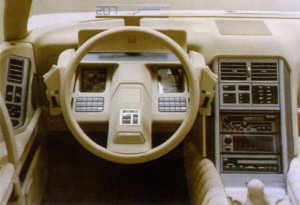

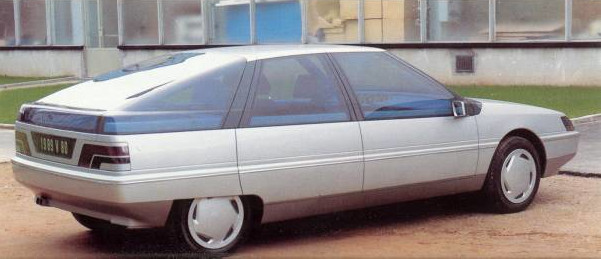
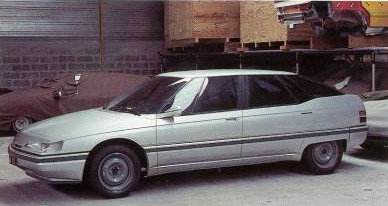
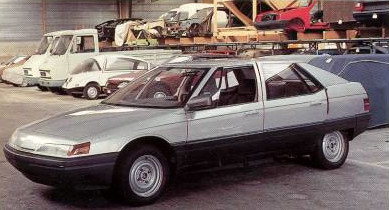

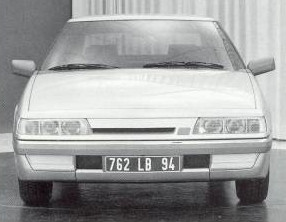


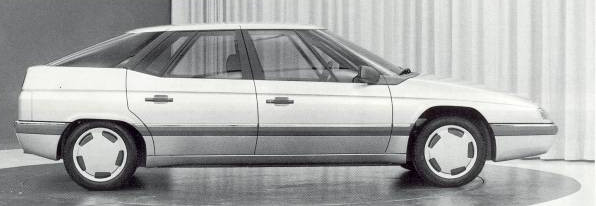
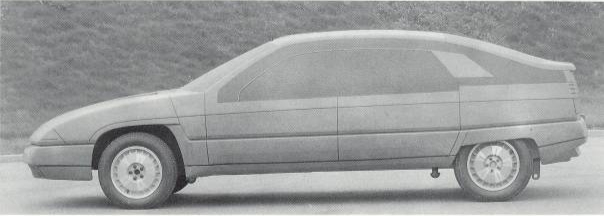

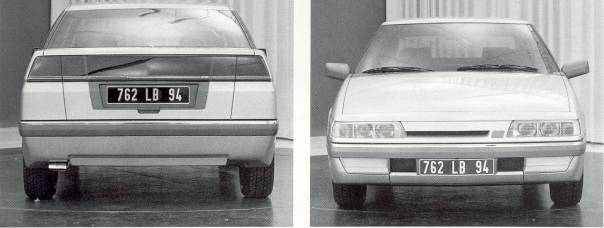








Comments